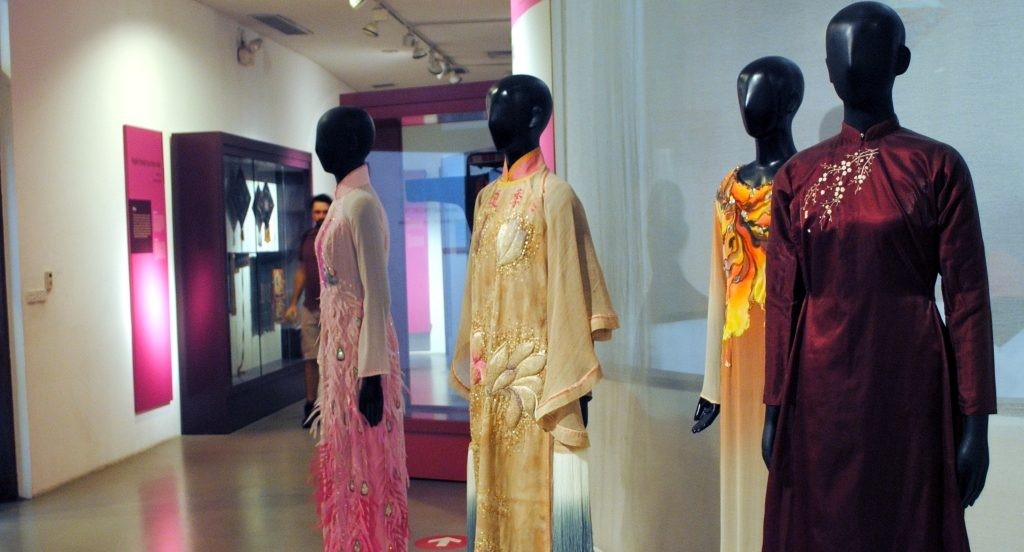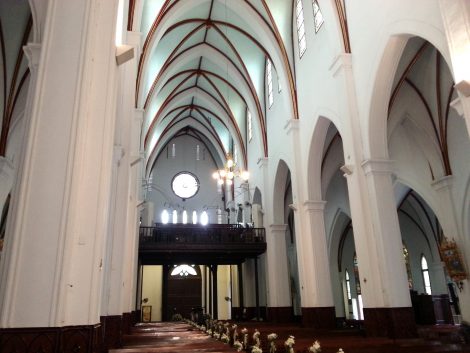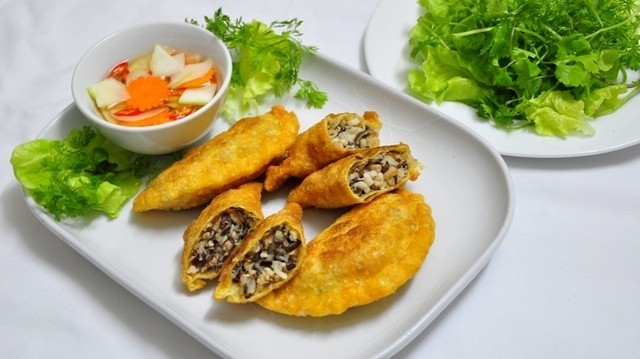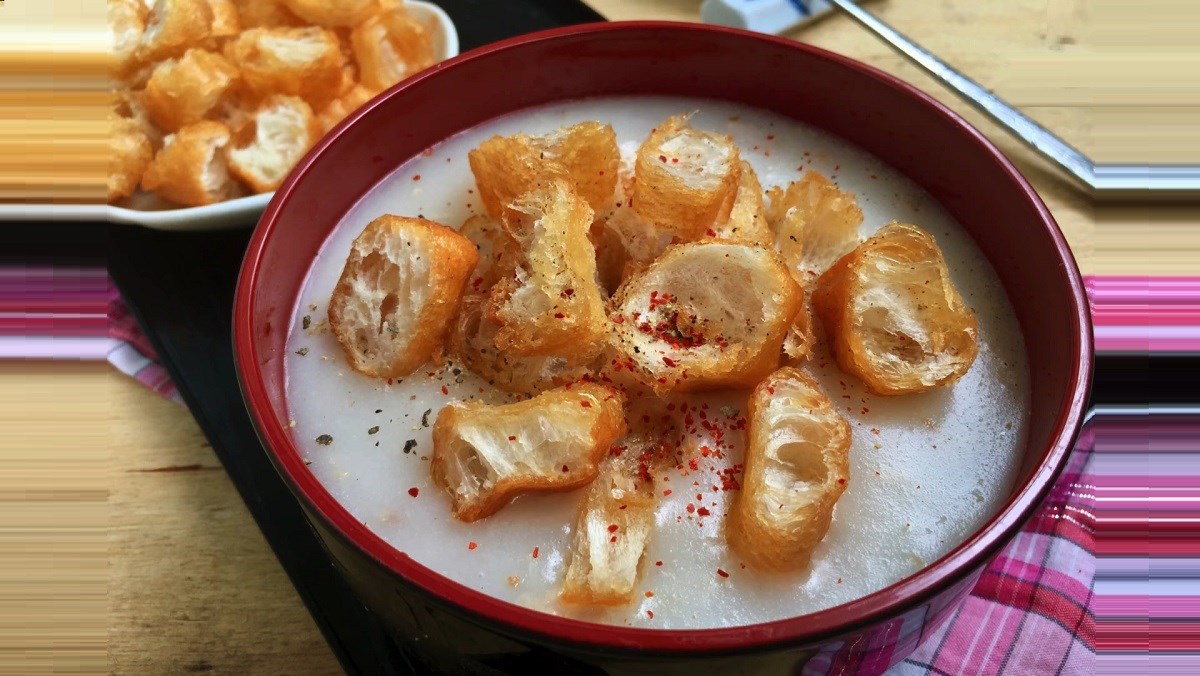ALL ABOUT VIETNAM MUSEUM OF ETHNOLOGY (Entrance fee – Opening hour – Map)
As Vietnam is a multi-ethnics nation composed of 54 ethnic groups, Vietnam Museum of Ethnology plays an important role in preserving and presenting the cultural heritage of various ethnic groups.

Another place that also contributes a lot in preserving the cultural heritage of Vietnam is Temple of Literature.
Please click here to read
A. Introduction
A.1. Cultural value:
The Vietnam Museum of Ethnology is a convergence of cultures and a scientific ethnological center.
At the present, a high number of collections are highly cultural value, are exhibited and preserved by the Museum
- More than 15,000 objects
- About 40,000 photographs
- Many audio-visual tapes
A.2. Construction:
On 14 December 1987, the proposal for the museum was officially approved.
Construction lasted from 1987 to 1995.
It was opened to the public on 12 November 1997.
Each section are designed by different architect:
- Exhibition building, in the shape of Đông Sơn drum, is designed by architect Ha Duc Linh – a Tày ethnic citizen.
- Interior architecture is designed by the French architect Veronique Dollfus.
B. Directory and Division of Sections
B.1. Indoor section – Trống Đồng Building
B.1.1. First floor:
The first floor illustrates the life of 54 Vietnamese ethnics in different residence through series of pictures and model of simulation.
B.1.2. Second floor
The second floor is place for temporary exhibition, is always renewed according to the exhibition’s topics.
Examples are:
- “Life in Hanoi during the subsiding period (1975-1986)” in 2006
- The exhibition of students’ life away from home in big cities in 2013
- The series of photos of life of Tay Nguyen ethnics in the 1950s in 2014 and 2015.
B.2. Outdoor section – The Garden of Architecture
The outdoor exhibition is an interesting attract for presentation of realistic house model of different ethnics.
Coming to this section, visitors can learn more about
- The diversity of perspectives
- Tradition
- Living style
- Value of various ethnics
Those are still lingering until the modern day and can illustrated through the design of houses.
B.2.1. Giarai Arap tomb house:
As Giarai people hold the deceased in high esteem, the Giarai has the tradition of building large tomb to worship the passed away.
The most prominent decorations in Giarai tomb is large wooden sculpture carved from tree trunks.
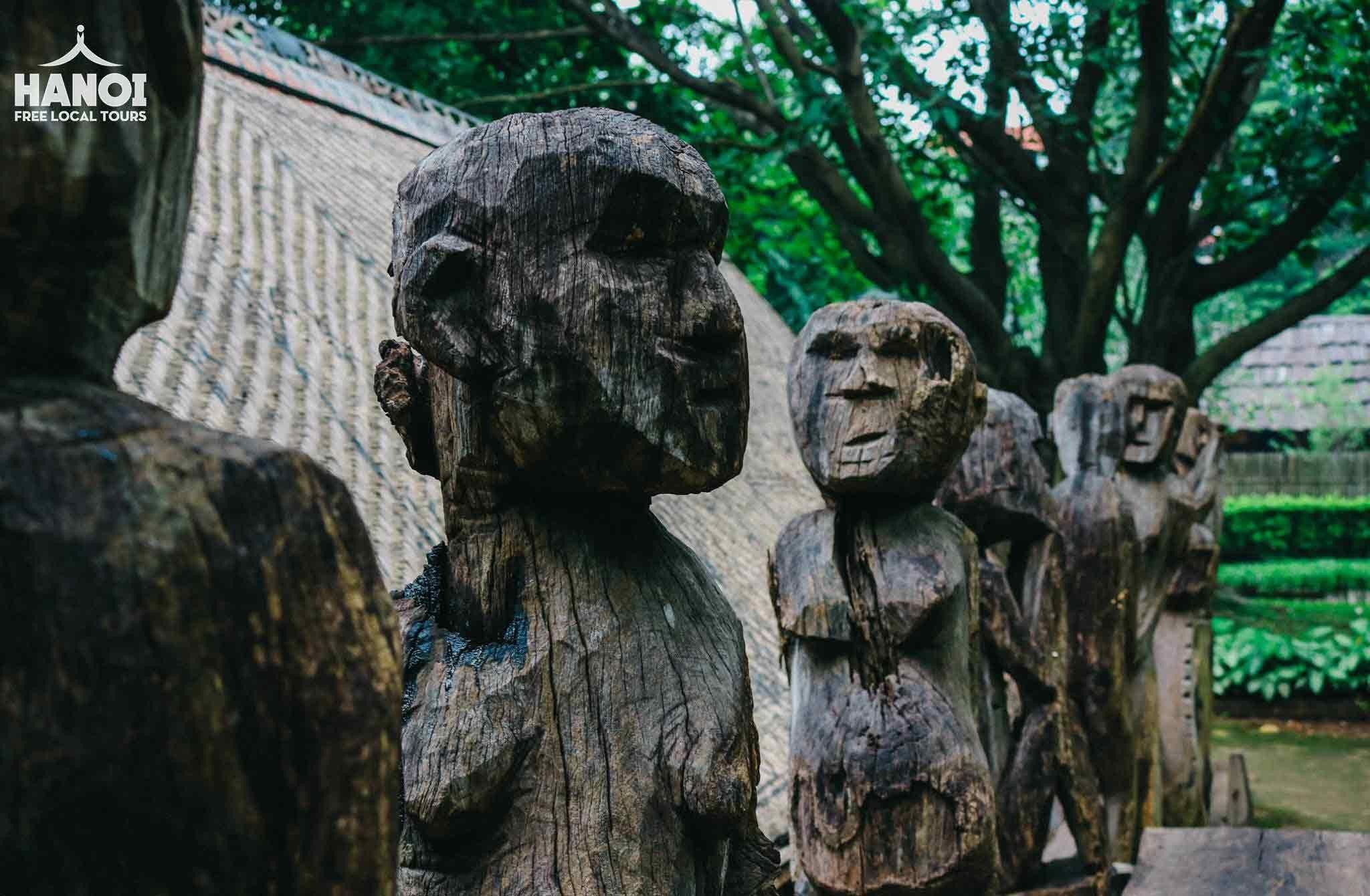
Even there is some changes as the time goes by, the tombs are considered as a symbol for exemplary architecture of the group.
B.2.2. Cham house
House is the most tangible cultural heritages of the Cham with different physical characteristic:
- House is built on ground and arranged in ordered rows.
- Doors open to the south-west or between.
- Wall made of bricks and mixture of lime and shells, covered with tiles or thatches.
- Rooms are arranged in a particular order
- Sitting room
- Room for parents
- Children and married woman
- Kitchen
- Warehouse
- Nuptial room for the youngest daughter.
- Certain rituals must be performed before the building of the house, praying for the Land God and asking for his permission to cut down trees in the forest.
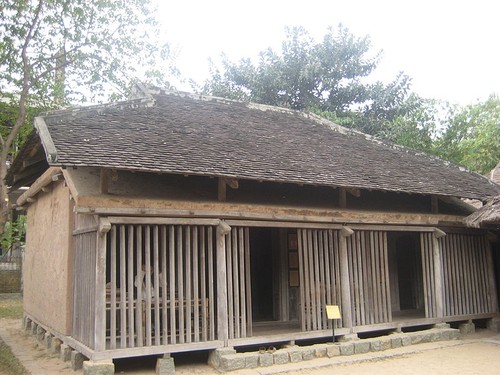
B.2.3. Viet house
As the North and Middle of Vietnam are frequently hit by storms and hurricanes, local residents content themselves with one storey houses. Viet houses often follow an order:
- Middle bay in main house is the altar of ancestors.
- Two lateral bays are place for visitors and rest.
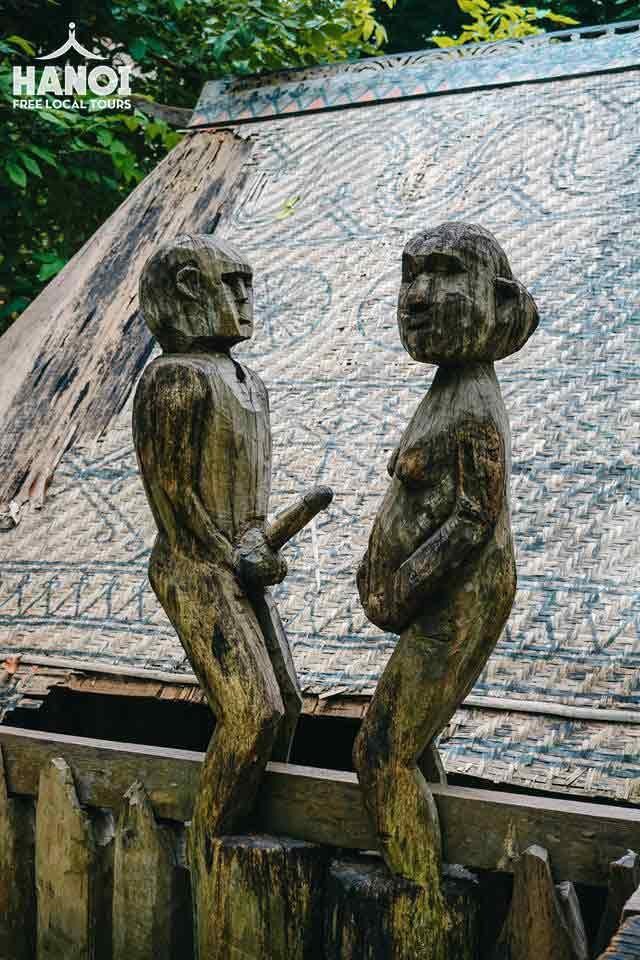
In the 20th centuries, 5 bays were joined on the main house to serve initially as a rice loft, and later as where tuition was given.
B.2.4. Ede house
The long house (nha dai) in Buon Don District, Dak Lak, belonging to the Ede ethnic group, is the longest house in the Central Highlands.
A normal long house is 30 meters in length and 4 meters in width whereas the long house (Nhà dài) in Buon Dot is 85 meters in length and 6 meters in width.
B.2.5. Bana Communal house
The communal house, the most important building in Bahnar village, serves as:
- Meeting halls for men in the village and as
- The place for rituals
- Celebrations
- Preparation for war or defense.
The bamboo, wood, rattan and straw used for the construction were brought from the Central Highland.
B.3. Thủy Đình House
Beside representing the culture through architecture, the folk tradition is also shown through the art of water puppet in Thủy Đình House.
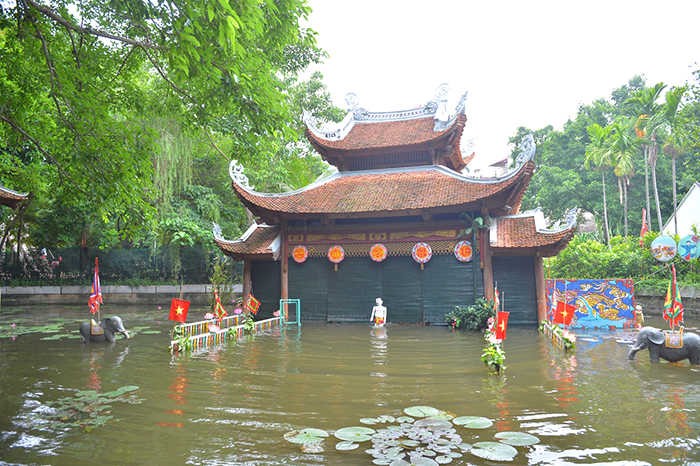
As a traditional art form, the story about rural life is told through the combination of wooden puppet and traditional musical playing on water.
B.4. Southeast Asia section – Cánh Diều Building
The Southeast Asia section is built in 2008 with the area of 500ha.

With the exhibition of artifacts originated from different Southeast Asia countries, visitors are inspired to learn more about the culture of not only Vietnam but also other countries in the region and around the world.
B.4.1. Văn hóa Đông Nam Á – Southeast Asia Culture
B.4.1.a. Visual Performance
- The Java play of mask and dance:
The Java people in Indonesia has the tradition of dancing play since the 15th centuries, in which the actors wear mask and are guided the story teller script, with the assist of Gamelan, a traditional musical instrument.
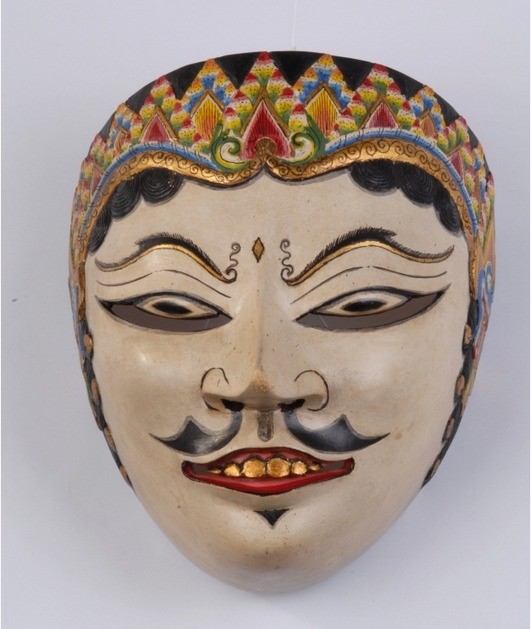
The Java supposes that:
- Straight nose for wealth
- Golden-inlaid for deities
- White for king and the great man
- Yellow for civilians
- Indonesia Shadow Puppet:
The art of shadow puppet – wayang kulit – is originated from India, with the play of delicate puppet on a white background.
- Myanmar String Puppet:
The art of string puppet – yoke thay thabin – was born since the 15th centuries and became popular in the 19th centuries in Myanmar. The play is based on the familiar folk of Budda, the myth of the birth of the world and historical tales.
B.4.1.B. Daily Life
The daily life of Southeast Asia is deeply entrenched with the culture of rice agriculture, traditional housing, wood sculpture, lacquer, and jewelry making.
B.4.1.C. Social Life
The social life in the region follows various set of rules in marriage, funerals, scripts and betel.
B.4.1.D. Religion
- Local religion:
Local religion, a popular religion in Southeast Asia, is based on the belief of spirit in relics and nature.
- Hinduism:
Hinduism was born in India in the 800 B.C then was introduced into Southeast Asia, from Java island to Bali in Indonesia.
- Buddhism:
There are two groups of Buddhism, Mahayana in Indonesia and Theravada in Myanmar, Thailand, Campuchia and Laos.
- Muslim:
Muslim started penetrating into Southeast Asia since the 13th centuries from India and China. This is the main religion in Indonesia, national religion in Malaysia and Brunei.
- Catholicism:
Catholicism was introduced into Southeast Asia since 15th centuries. Nowadays, 80% of the Philippines is Catholicism, a 3rd largest Catholicism country in the world, after Brazil and Mexico.
B.4.2. Một thoáng Châu Á – A Moment of Asia
A Moment of Asia section introduce the culture of different region in Asia, such as Southeast Asia, Northeast Asia, West Asia and South Asia with the majority of artifacts belongs to Japanese Professor Kaneko Kazushige’s collection, from about 400 journeys.
B.4.3. Vòng quay thế giới – Around the world
The collection, as the section’s name, break out of Asia’s border and take visitors to the culture of the world. The exhibition is organized into 4 small sectors, where visitors can learn about different aspect of life in disparate continents:
- Asia: folk culture, religion, weapons, mask and puppet, clothes and jewelry.
- Oceania: mask, jewelry and trade, routine objects and man house.
- America: folk culture, clothes and jewelry.
- Africa: folk culture, mask, religion, daily relics, clothes and jewelry, trading and exploitation.
C. Tourist Information:
C.1. Opening hour:
Everyday during the week, from 8:30am to 5:30pm.
Closed everyday Monday and Lunar New Year Eve.
C.2. Entrance fee/ Ticket price:
Entrance fee is 40.000 VND/each ( ≈1.8 USD)
For preference only: Ticket price for Water Puppet Show:
- Adult: 90.000 VND/each.
- Children: 70.000 VND/each.
C.3. Transportation:
Vietnam Museum of Ethnology is located at Nguyễn Văn Huyên Street, Hanoi.
Museum of Ethnology
Visitors can easily travel to Vietnam Museum of Ethnology either by taxi, bus or motorbike or bicycle. For motorbikes or bicycle, the fee for parking is 5.000 VND. For visitors who want to come here by bus, there are several available lines such as 7, 12, 13, 14, 38 và 39.
C.4. Free tour for Vietnam Museum of Ethnology:
Visiting Vietnam Museum of Ethnology, visitors are highly recommended to book a tour with the local to fully understand the tradition, culture, routine and habits of different ethnics.
Free tour is organized by Hanoi Free Local Tour with tour guides are groups of young passionate and energetic students who seek to guide the foreigners as a way to practice and improve their English skills but are trained to have full knowledge about attractions in Hanoi and tour guide skill. Booking a tour is easy as visitors only have to go to websites and place a tour’s order. Visitors will receive a confirmation from tour director and they will be picked at their hotel or arranged meeting place at time as appointed.


